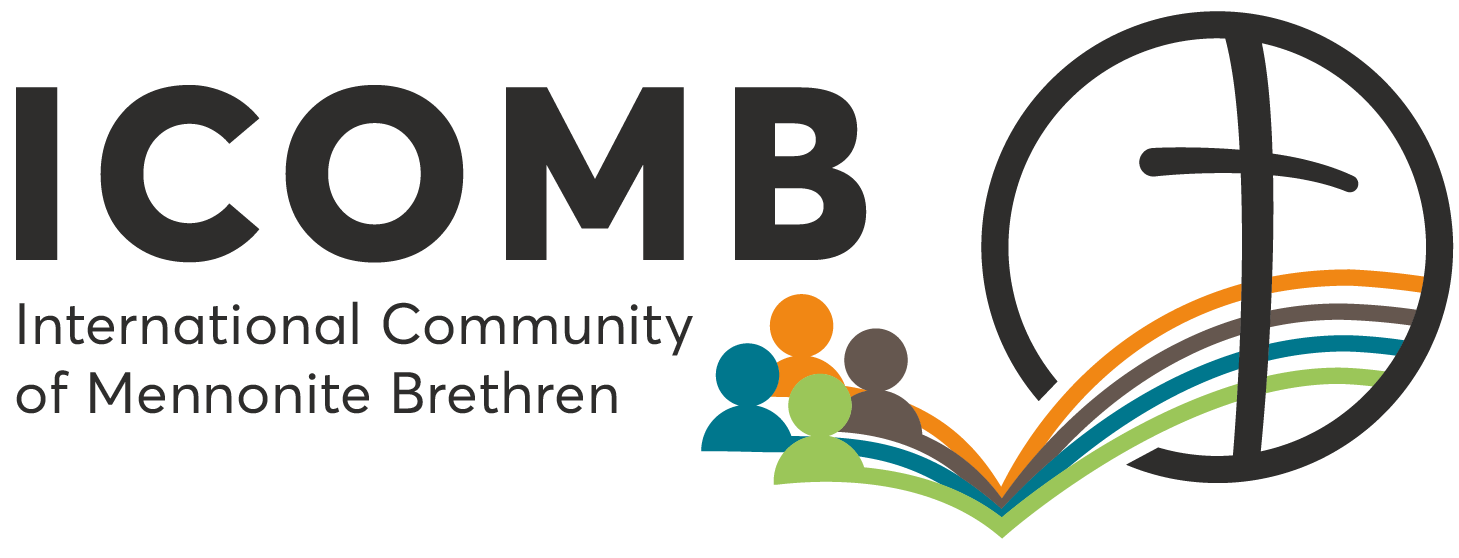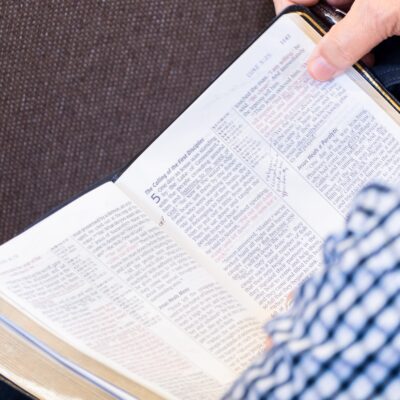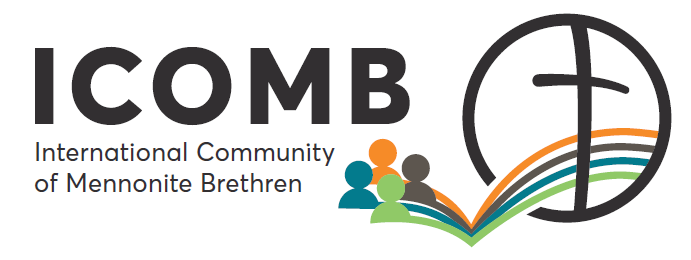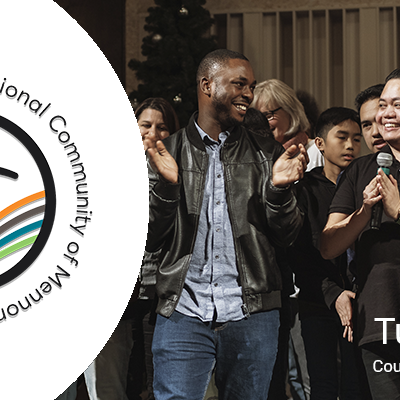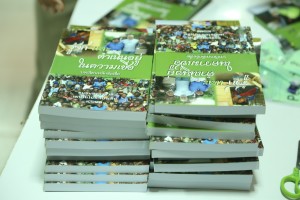
While I was in Thailand, Bob Davis told me a really interesting story about the pre-Changed Life Centre ministry of Phone Keo, church leader. He set up a “fraternity house” as it were for a cohort of students at the Chiang Mai evangelical Bible school. They hung out with Phone Keo through their education, and when they graduated, they became leaders in the MB conference developing in the area.
Bob and I reflected on this in light of the question “How do we impart ‘Mennonite Brethren DNA’ – or character – to others?” Is it our theological conviction set? It is in part. In the MB world of the last 6-7 decades, we have invested heavily in our schools. We also have refined our theology so that, in North America, leaders have revised the Confession of Faith twice (1975 and 1999). ICOMB invested in writing an international Confession of Faith in 2004.
But we should not underestimate the power of community for shaping character. “As iron sharpens iron, so one person sharpens another” says Proverbs 27:17.
It occurred to me that “true” community was the real factor that passed our DNA forward for several generations. When the Mennonite Brethren movement began in 1860 it was within the confines of the Mennonite colonies. Relationships were close knit. This was transferred to other parts of the world as they immigrated. I believe the character/DNA of our movement was assumed – and probably rightfully so. Our close knit community carried the character – even through some controversial decisions and various theological swings. (For example, the conference was strongly dispensational for many decades and then brought back towards a more Anabaptist view).
Since the 1950s, however, our community borders opened up. Reasons vary – the need for pastors, inevitability of interaction with neighbors, evangelism, etc. So how did we pass on our character? We relied on our usual methods – the conventions, study conferences, periodicals, and board structures. But eventually these lost their power as we gave away our close knit community ethos. We scattered geographically also as missionary effort spread the Mennonite Brethren family around the world. And we reasoned if we refined our Confession of Faith language and made Bible colleges and seminary training more sophisticated we would preserve our confessional character.
In my conversation with Bob, I explained our “conviction set” – 7 core ideas which, held together, actually show the Mennonite Brethren character. But it occurred to me strongly in that moment that the concept itself won’t answer the question of how we pass DNA on to the next generation of leaders.
It struck me how much community carries character.
When Phone Keo lived with those students, they talked about everything, not just theology and classes. He was their patron – he made sure they were ok in all aspects of life. Now, they offer their undivided loyalty to him. He is their leader and guide. Even when they disagree, there’s something fundamentally “set” about their relationship. Are they Mennonite Brethren? Yes – because Phone Keo is, and because under his leadership, they have also accepted the Confession of Faith.
This is the power of community when it’s “life on life.” When TREK teams head out under MB Mission, they spend a lot of time with each other in orientation, and then serving together. This powerful community cohort effect shapes character. When pastors get together to share their lives and convictions, theological character is shaped. When congregations gather in effective small groups that share personally within the confines of our theological convictions, character is shaped. (I have my doubts, however, that this kind of small group actually exists right now. Very few if any follow our theological confession in their discussions).
How can we recapture the true life on life effect again? Bob told me of 4 young men – all sons of church leaders, getting their education in university. They prayed for a long time, and then started inviting other students who they knew came from MB churches, but were not connected. They now have gathered a group of some 25 or so, and have asked if there’s any way they can rent a house for them all to live in. They know the power of real community, having seen it in their fathers – and this is for the purpose of imparting “Christ” to their friends.
What is our vision for community? What’s our vision for how we use it to impart our “theological convictions” and character (DNA)?
